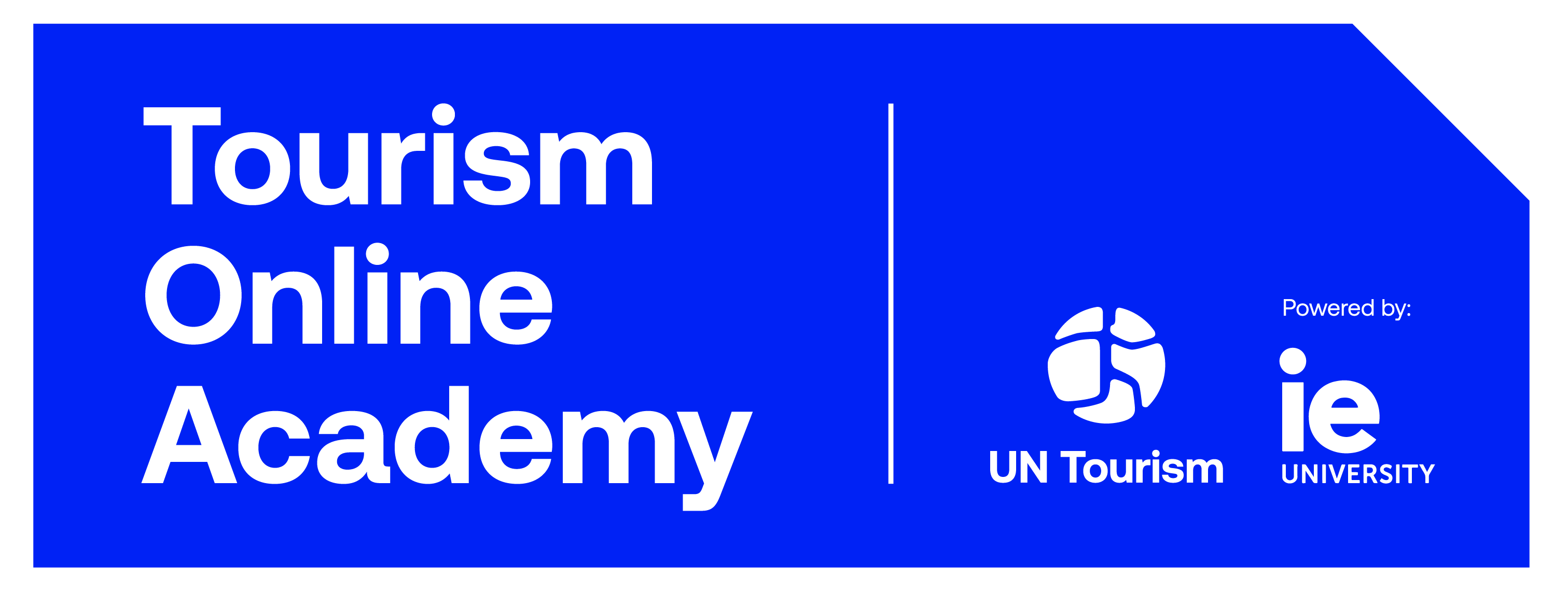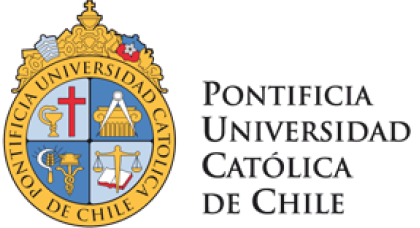Pontificia Universidad Católica de Chile
The University of Chile was founded in 1842 and is the oldest higher education institution in Chile. The university’s mission is to generate, develop, integrate, and communicate knowledge across all areas of study and culture. This comprehensive approach guides their activities and shapes the education they provide. Early presidents include notable figures such as the university’s founder, Venezuelan humanist and jurist Andrés Bello (1843-1865), as well as Polish scientist and mineralogist Ignacio Domeyko (1867-1883), who have significantly contributed to its legacy.
Courses offered by
Pontificia Universidad Católica de Chile

Challenges in the Tourism Industry
Learn to navigate modern tourism challenges and opportunities through a comprehensive exploration of sustainability, hospitality, and emerging trends.


